Rijeka, Italian Fiume, English River city, major port andindustrial, commercial, and cultural centre of Croatia, located on the
Kvarner (a gulf of the Adriatic Sea). It is the major port of Croatia. The city
is situated on a narrow flatland between the Julian Alps and the Adriatic,
spreading up the slopes and onto the landfills on the seafront. The name,
dating from the 13th century, refers to the river called Rječina in Croatian
and Fiumara, or Eneo, in Italian. The port is a primary naval base and a point
of departure for coastal shipping. The coastal section of the Adriatic Highway
begins at Rijeka, which also has rail connections toTrieste, Ljubljana,
and Zagreb. Rijeka, Croatia’s third-largest city, is an intriguing blendof gritty port and Habsburg grandeur. Most people rush through en route to the
islands or Dalmatia, but those who pause will discover charm and culture. Blend
in with the coffee-sipping locals on the bustling Korzo pedestrian strip, take
in the city museums and visit the imposing hilltop fortress of Trsat. Rijeka
also boasts a good nightlife, intriguing festivals and Croatia’s most colourful
carnival.Despite some regrettable architectural ventures in theoutskirts, much of the centre is replete with ornate Austro-Hungarian-style
buildings. It’s a surprisingly verdant city once you’ve left its concrete core,
which contains Croatia’s largest port, with ships, cargo and cranes lining the
waterfront.Rijeka is a vital transport hub, but as there’s no realbeach in the city (and hotel options are few) most people base themselves in
nearby Opatija. What comes to your mind when you think of a holiday inCroatia? If you’re from the English-speaking world, probably Dubrovnik or
somewhere down there in the south, while if you’re from Germany or Italy
there’s a good chance you’ll also be in on the charms of Istria to the north.
Somehow, the part of the coast in between, called Kvarner, has been forgotten,
and its capital Rijeka relegated to the status of a transit point.
Many people know about the floral playground of Opatija, Rijeka’s elegant
neighbour, as the crowds that gather there testify.
All these years of being overlooked have allowed such places to retain their
charm, and now they are being brought into a new era of tourism in a way that
avoids the concrete and commercialism that was the fate of so many seaside
towns.
Rijeka itself is gathering momentum as a city with an identity far beyond a
stereotypical “resort“. The people of this region are well known for their
openness to new ideas, and a number of recent initiatives are making the city a
truly fascinating and fun place to visit.
I hope you’ll enjoy reading about everything that Rijeka has to offer, and be
inspired to spend a few days here exploring. Must see all pictures here about my home town
Rijeka. Enjoy it!
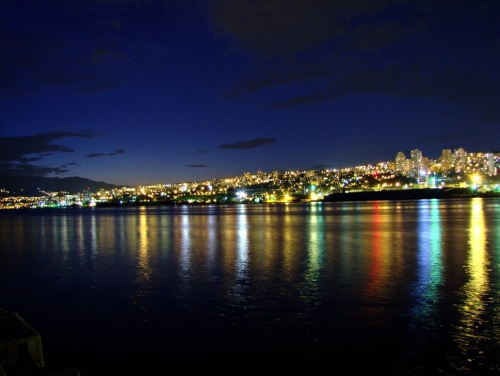
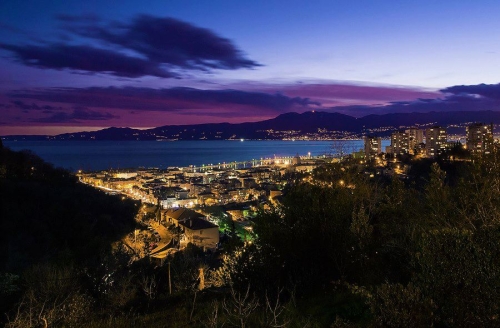


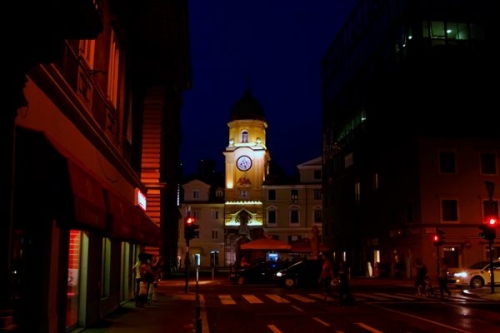


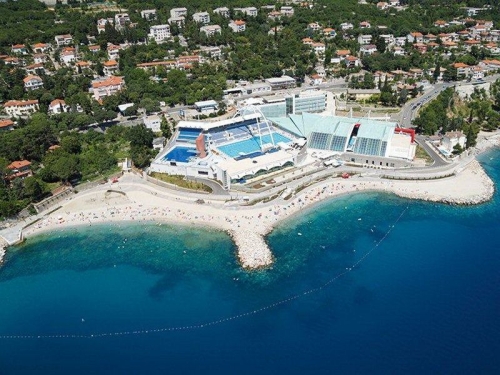



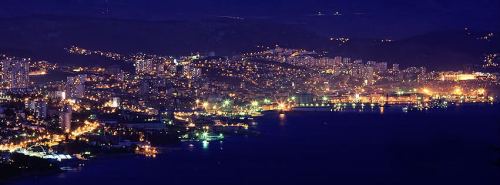

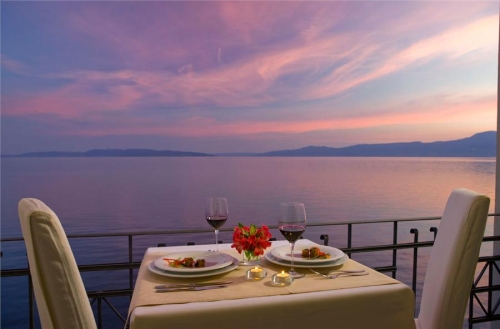
Kvarner (a gulf of the Adriatic Sea). It is the major port of Croatia. The city
is situated on a narrow flatland between the Julian Alps and the Adriatic,
spreading up the slopes and onto the landfills on the seafront. The name,
dating from the 13th century, refers to the river called Rječina in Croatian
and Fiumara, or Eneo, in Italian. The port is a primary naval base and a point
of departure for coastal shipping. The coastal section of the Adriatic Highway
begins at Rijeka, which also has rail connections toTrieste, Ljubljana,
and Zagreb. Rijeka, Croatia’s third-largest city, is an intriguing blendof gritty port and Habsburg grandeur. Most people rush through en route to the
islands or Dalmatia, but those who pause will discover charm and culture. Blend
in with the coffee-sipping locals on the bustling Korzo pedestrian strip, take
in the city museums and visit the imposing hilltop fortress of Trsat. Rijeka
also boasts a good nightlife, intriguing festivals and Croatia’s most colourful
carnival.Despite some regrettable architectural ventures in theoutskirts, much of the centre is replete with ornate Austro-Hungarian-style
buildings. It’s a surprisingly verdant city once you’ve left its concrete core,
which contains Croatia’s largest port, with ships, cargo and cranes lining the
waterfront.Rijeka is a vital transport hub, but as there’s no realbeach in the city (and hotel options are few) most people base themselves in
nearby Opatija. What comes to your mind when you think of a holiday inCroatia? If you’re from the English-speaking world, probably Dubrovnik or
somewhere down there in the south, while if you’re from Germany or Italy
there’s a good chance you’ll also be in on the charms of Istria to the north.
Somehow, the part of the coast in between, called Kvarner, has been forgotten,
and its capital Rijeka relegated to the status of a transit point.
Many people know about the floral playground of Opatija, Rijeka’s elegant
neighbour, as the crowds that gather there testify.
All these years of being overlooked have allowed such places to retain their
charm, and now they are being brought into a new era of tourism in a way that
avoids the concrete and commercialism that was the fate of so many seaside
towns.
Rijeka itself is gathering momentum as a city with an identity far beyond a
stereotypical “resort“. The people of this region are well known for their
openness to new ideas, and a number of recent initiatives are making the city a
truly fascinating and fun place to visit.
I hope you’ll enjoy reading about everything that Rijeka has to offer, and be
inspired to spend a few days here exploring. Must see all pictures here about my home town
Rijeka. Enjoy it!















